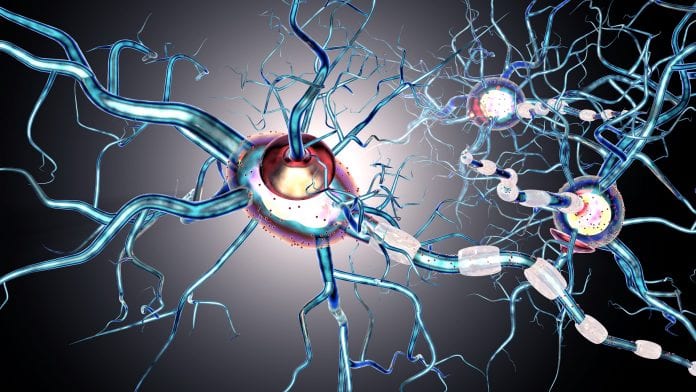
Researchers at the University of Barcelona have identified a type of ribonucleic acid (RNA) as a potential therapeutic target for Huntington’s disease treatment.
Huntington’s disease is a neurodegenerative condition that causes parts of the brain to stop functioning properly over time. It is caused by a mutation in the Huntingtin gene (HTT), which plays an important role in neurons in the brain.
The study conducted at the University of Barcelona, published in the journal Acta Neuropathologica has identified brain derived small RNA, (sRNAs) molecules that do not code proteins, but do have important functions in the regulation of gene expression.
The core objective of the study was to understand the toxicity mechanisms of sRNAs that are created in the brain of patients with Huntington’s disease, as their identification is vital to understanding how the disease evolves, and to manufacture the right treatments, such as drugs and therapeutic strategies.
To do this, the researchers isolated sRNAs from the brain of patients with and without Huntington’s disease, to use them as a comparative model. They then administrated the molecules into the brains of healthy mice so they could study whether the mice developed abnormalities like those in the human disease.
The results of the experiment showed that sRNAs in patients with Huntington’s are enough to cause a similar pathology in healthy mice, which includes “motor alterations, transcriptional changes similar to those observed in the human disease and mice models, specific affectation of the most affected neuronal type during the course of the disease, neuronal loss and neuroinflammation,” said Eulàlia Martí, one of the researchers.
The results highlight a new view on the role of the different types of sRNAs in the progression of Huntington’s disease. Martí commented: “To date, researchers showed that both the mHTT protein and the RNA that codes it and which has CAG repeats, contribute to neurotoxicity. However, toxic effects related to RNAs with CAG repeats do not explain certain alterations that are important within the context of the pathology, for instance, the specific neuronal affectation or transcriptional alterations. These results – the researcher continues –, show different types of sRNAs created in the patients’ brains would be likely to take part in the pathogenesis.
“Understanding the dynamics of the expression of toxic classes in brain regions and in the evolution of the disease is crucial to have a full view of their implication in the pathological process”.
With further research, the molecules could become potential biomarkers of the disease, as evidence highlights that changes in the expression of RNAs takes place before symptoms start to show.
Martí concluded that as well as this, the results of the experiment could impact treatments for other diseases. Adding: “Alterations in the sRNAs expression are detected early in many neurodegenerative diseases, and therefore, we can find a broader study field to understand what classes can contribute to specific aspects related to neurodegeneration and neuroinflammation”.









